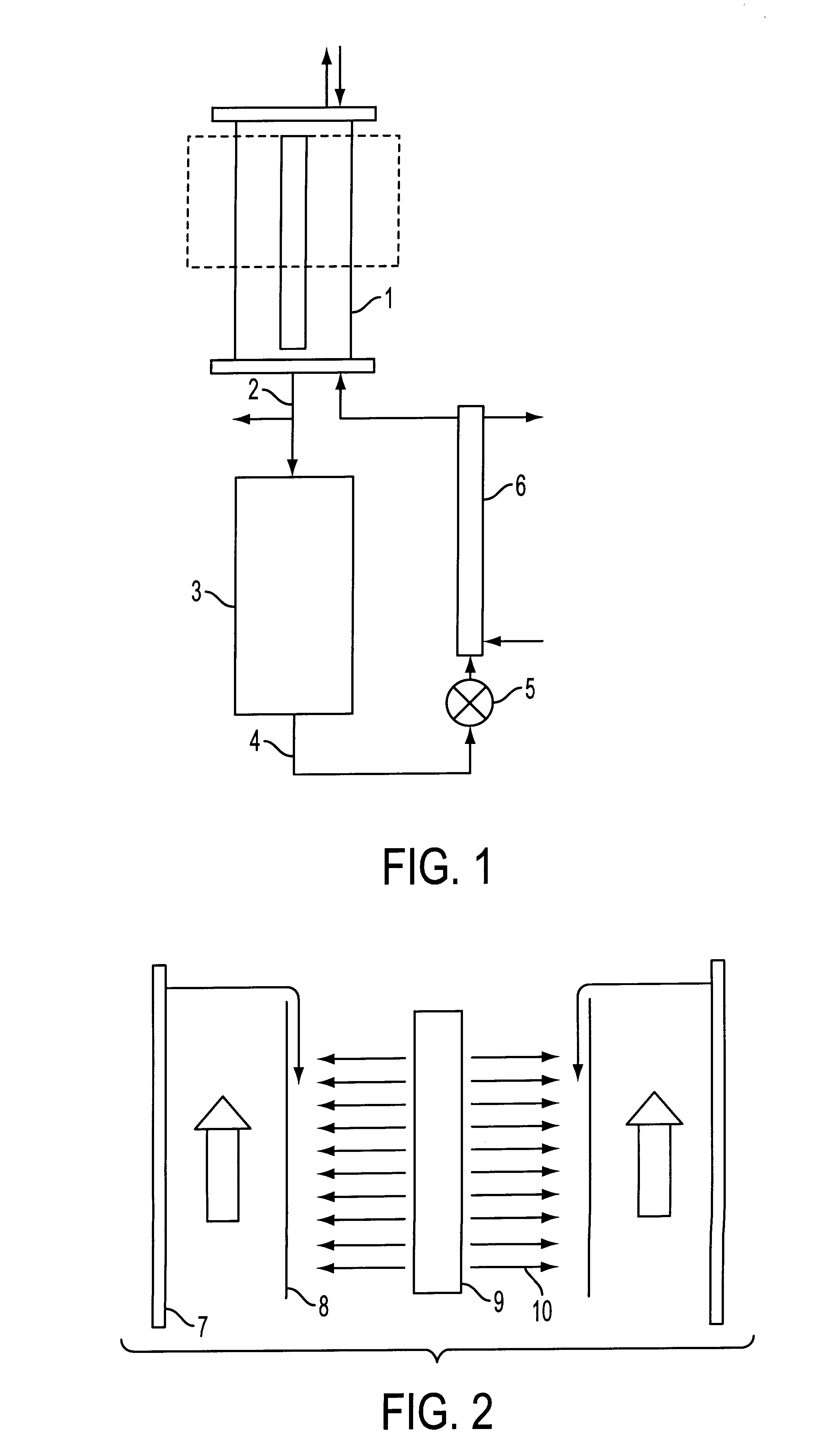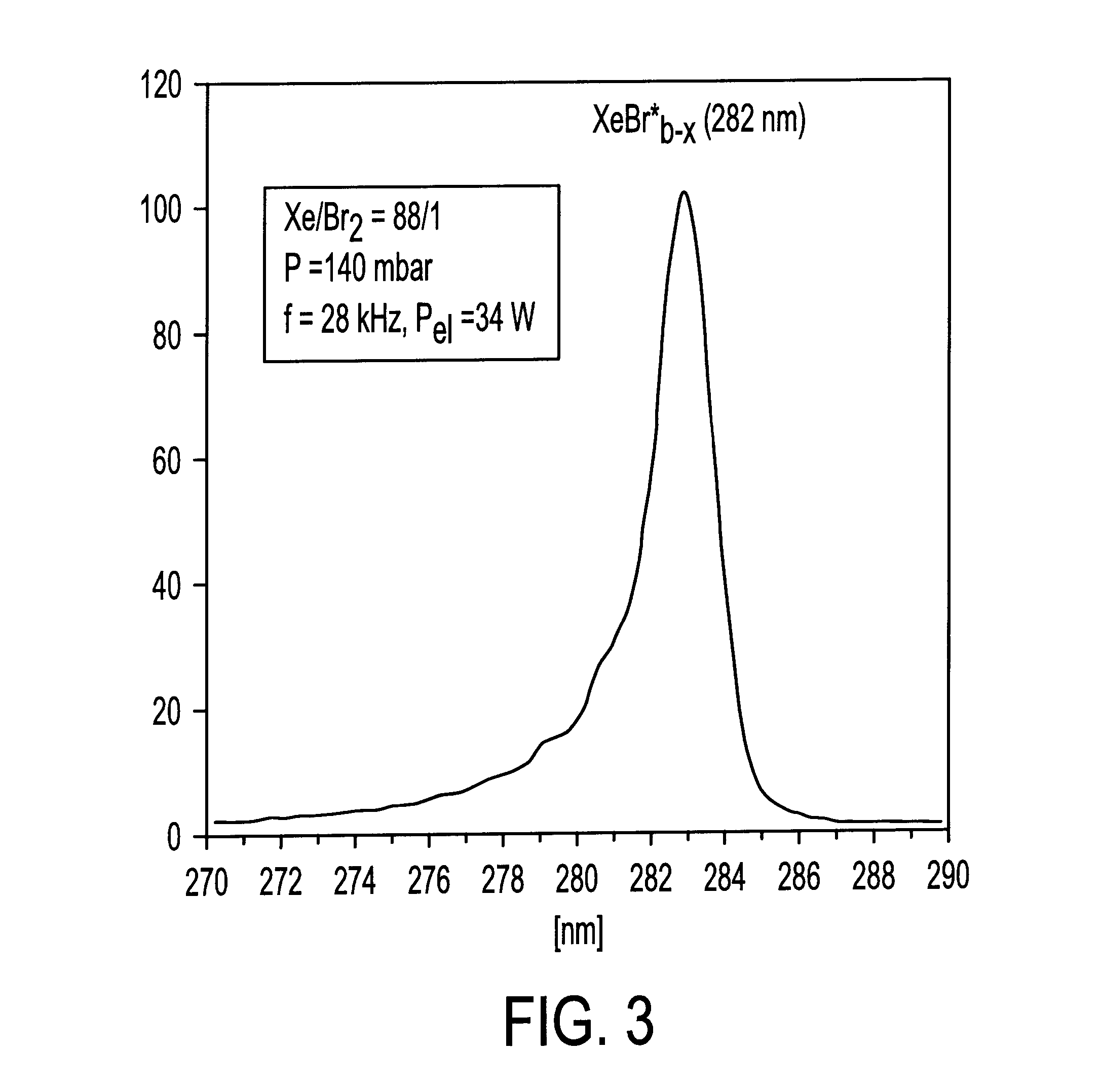Photochemical process for the production of previtamin D3
a photochemical process and previtamin d technology, applied in the direction of chemical/physical/physical-chemical processes, organic chemistry, energy-based processes, etc., can solve the problems of low reaction efficiency of previtamin d.sub.3, inconvenient laser photon source,
- Summary
- Abstract
- Description
- Claims
- Application Information
AI Technical Summary
Problems solved by technology
Method used
Image
Examples
Embodiment Construction
A 3.5% solution of 7-Dehydrocholesterol in a methanol / hexane mixture was irradiated with a XeBr lamp at 284 nm in a falling-film reactor as described in more detail below. The composition of the reaction system was determined at regular time intervals by high performance liquid chromatography. At this wavelength (284 nm) over 93% of the reaction mixture obtained consisted of the desired previtamin D.sub.3, with a conversion of about 50%. The starting material could be separated readily according to known methods.
Turning now to the figures, the apparatus shown in FIG. 1 includes a falling-film reactor 1 with an output line 2 directly connected to a receiver 3. The receiver contains most of the reaction mixture. A feed line 4 for the reaction mixture leads from the receiver to the falling-film reactor via a pump 5 and a heat exchanger 6. The falling-film reactor is equipped with lines for continuously flushing its interior with nitrogen.
The output line 2 is provided with a connection ...
PUM
| Property | Measurement | Unit |
|---|---|---|
| wavelength | aaaaa | aaaaa |
| wavelength | aaaaa | aaaaa |
| wavelength | aaaaa | aaaaa |
Abstract
Description
Claims
Application Information
 Login to View More
Login to View More - R&D
- Intellectual Property
- Life Sciences
- Materials
- Tech Scout
- Unparalleled Data Quality
- Higher Quality Content
- 60% Fewer Hallucinations
Browse by: Latest US Patents, China's latest patents, Technical Efficacy Thesaurus, Application Domain, Technology Topic, Popular Technical Reports.
© 2025 PatSnap. All rights reserved.Legal|Privacy policy|Modern Slavery Act Transparency Statement|Sitemap|About US| Contact US: help@patsnap.com



